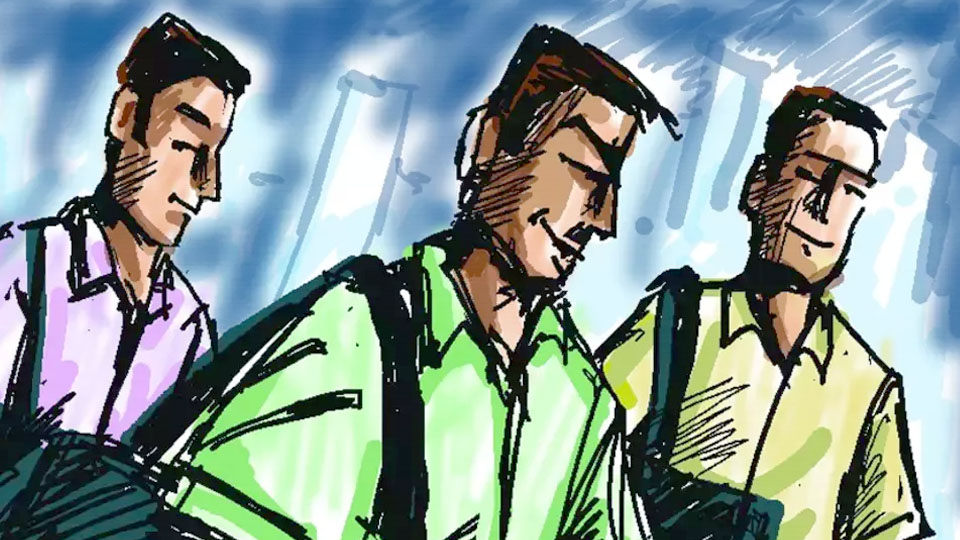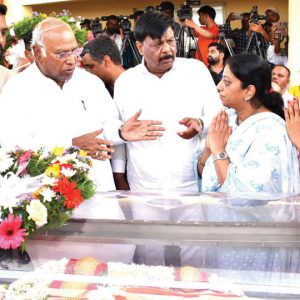The saying, “It is not he who doesn’t have wealth that is poor, but it is he who desires more that is poor,” as a philosophy of life may neither go down well with the former nor convince the latter. We often hear from knowledgeable quarters that India is a rich country of poor people, a view that briefly portrays its population as a mix of billionaires and masses that are not sure of where from their next meal is materialising. Economists have a simple term, namely inequality, that has endured from times spanning several centuries past. The Italian Statistician and Sociologist Corrado Gini (1884-1965) proposed a measure, known as Gini coefficient to represent the dispersion of income earned by a nation’s residents. His index, published in 1912, is the most commonly used measurement of inequality. Its value at zero expresses perfect equality, meaning, everyone has the same income. A Gini coefficient of 1 (or 100 per cent) expresses maximum inequality, meaning, only one person has all the income and all others have none. However, values of the coefficient close to 1 are very unlikely in practice and also, the measure says nothing about the specifics of the income distribution among the large number in the target population.
The feature of inequality, particularly in the matter of possessing wealth, doesn’t seem to have spared even divine characters that are mentioned in the epics of the land. How that perky phenomenon was dealt with by humane acts such as charity makes a fascinating read but may not convince many wealthy individuals in our times.
Physical exertion to earn an income and the amount of wages for the work done have always witnessed an inverse relation between the two, in the scheme of things that human populations have done to themselves. White-collared jobs, sedentary in nature, attract wages many times of what the toil and sweat of the labour force can bring home. Yet another feature that society has chosen to take it in its strides is that families with sub-minimal income have been harbouring children in numbers that virtually mock at their poverty. Further, in order to turn a blind eye to the blues of life, the heads of such families resort to the heady stuff, only to take the dependants from the frying pan to the fire as it were.
Inequality in economic terms in many countries of the West and that in countries with unviable income per family such as India are in total contrast in many ways. India may host a mass languishing in abject poverty but it also hosts an enviable section in the population that comprises sentinels of the land’s rich culture in the form of music, classical dance, literature, customs, food varieties and what have you, not to forget the time-honoured festivals even to this day, symbolising prosperity amidst poverty.








Recent Comments